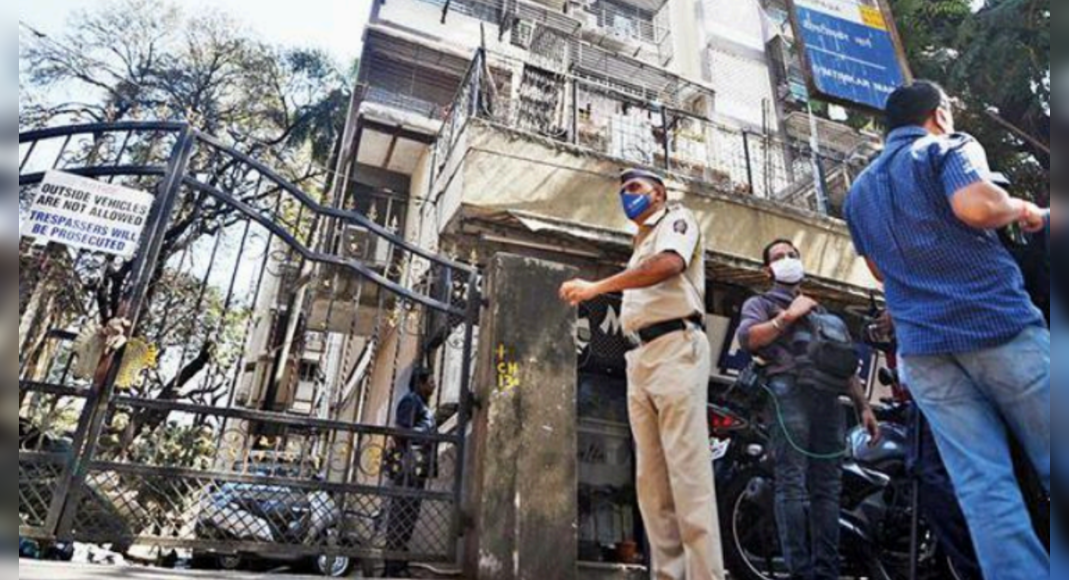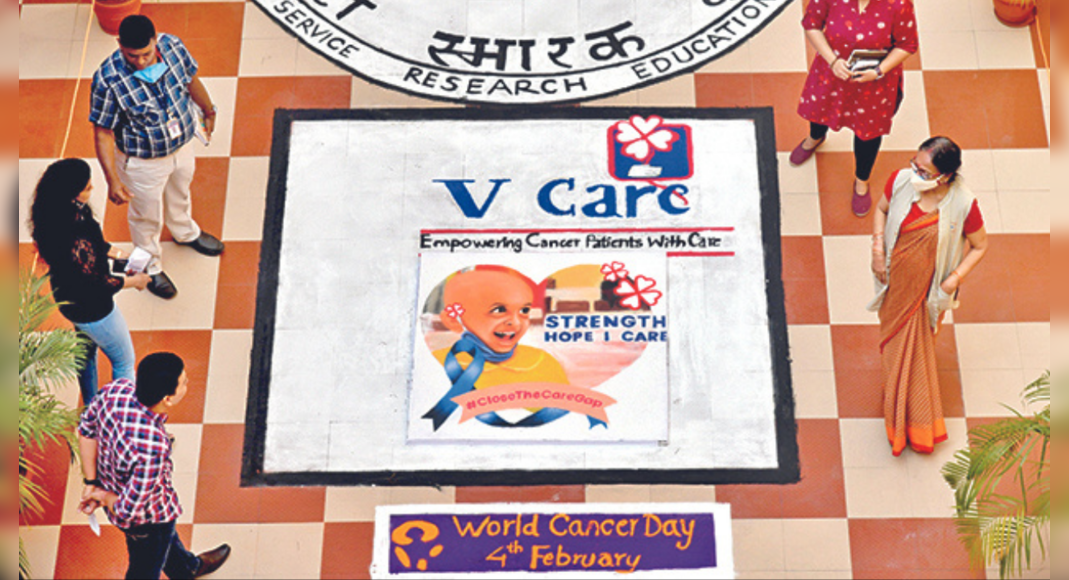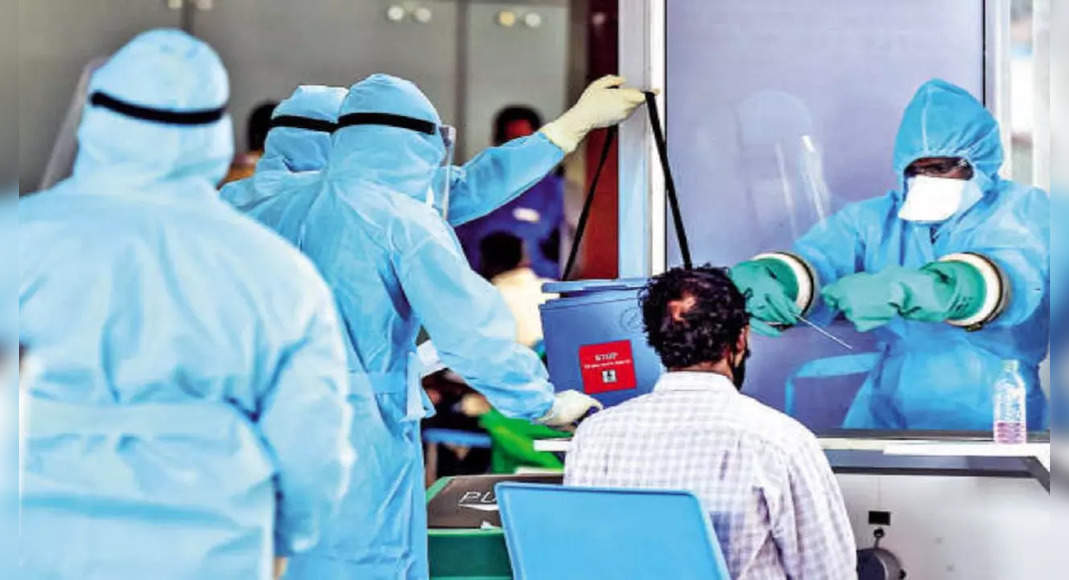PUNE: Careful tracking of blood creatinine levels can do away with expensive mucormycosis medication, treating surgeons have found.
The liposomal form of amphotericin injections — a key drug against the infection — can cost a patient Rs 35,000 every day.
The conventional form of the drug costs just Rs 350 per day, but needs to be given carefully with a blood test every alternate day to rule out drug toxicity in the kidneys.
If creatinine levels are raised, the 21-day course of the drug can be finished with two to three ‘pit stops’ also called ‘amphotericin holidays’ to allow the body to normalise levels.
Creatinine is a waste product that is channeled out of the system via the kidneys.
The efficacy of both forms of amphotericin — the expensive and the cheaper one — is equal.
But the drug’s conventional form (the cheaper version) should not be given to patients with significant comorbidities, including renal failure and diabetic ketoacidosis.
In the rest, conventional amphotericin can effectively arrest spread of mucormycosis.
All doctors need to do is strictly monitor blood creatinine levels and clear damaged tissue, experts said.
“Liposomal amphotericin is, no doubt, safer than the conventional one and everyone would want the safer version.
But there is no difference in efficacy of both forms of the drug,” said ENT surgeon Samir Joshi.
Joshi, head of the ENT department at BJ Medical College and Sassoon General hospital, has treated about 201 patients with post-Covid mucormycosis.
“More than 85% of these patients successfully recovered through monitored use of conventional amphotericin and carefully planned debridement surgeries,” he said.
Before Covid, Joshi had treated 65 patients with mucormycosis using conventional amphotericin.
“Of them, 63 patients recovered and have survived,” Joshi said.
He said unwarranted concerns, that conventional amphotericin causes kidney damage, has led to “hyped demand” for the drug’s liposomal form.
“Careful monitoring with blood creatinine and few other tests can tide over this risk and allow effective use of conventional amphotericin,” Joshi said.
In fact, it is the combined use of amphotericin with surgery that does the trick.
Surgery removes the dead and necrotic tissues.
Amphotericin then goes on to arrest advancing fungus in adjacent live tissue.
“Both are essential.
They are complementary to each other and are indispensable,” Joshi said.







